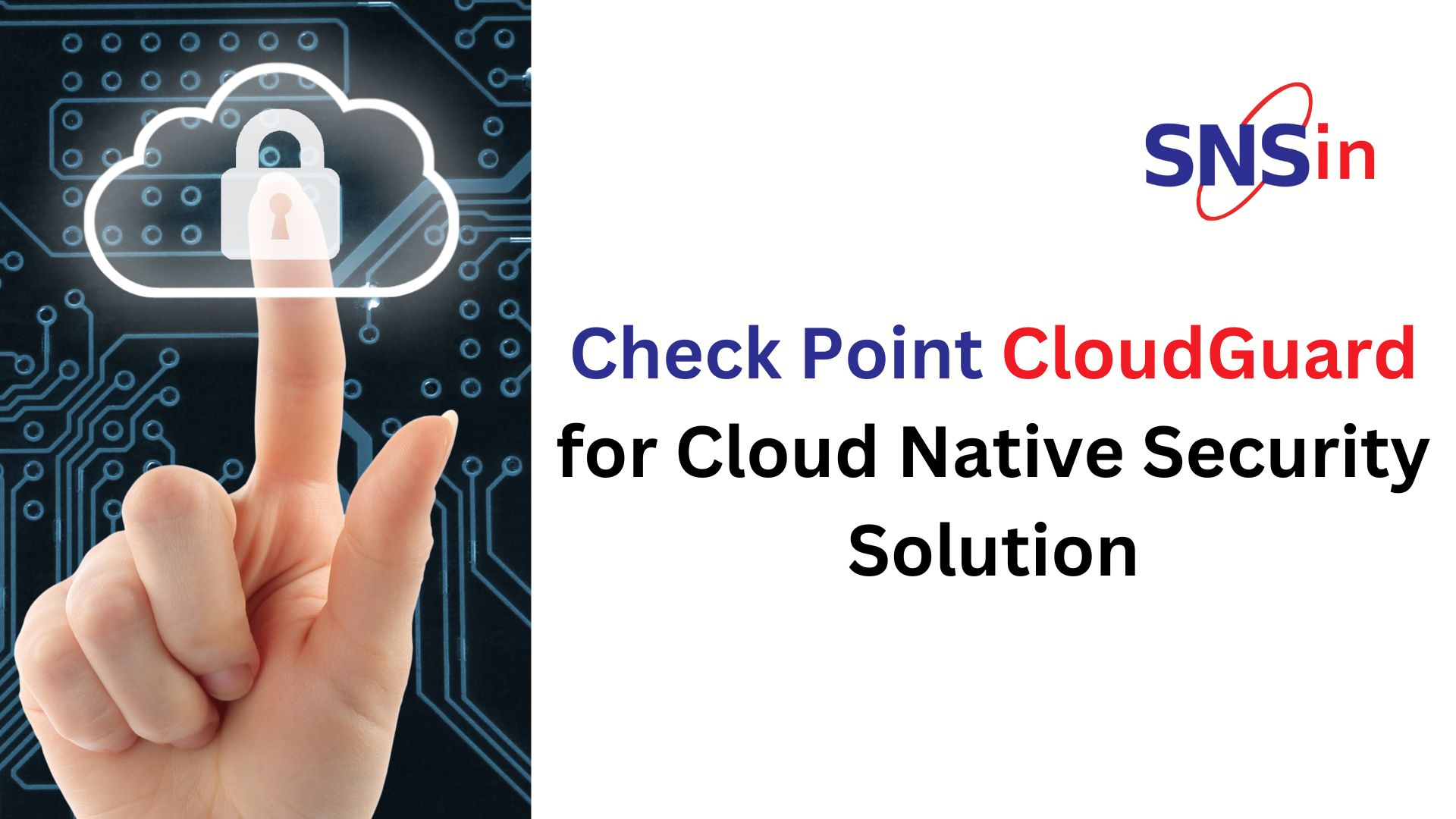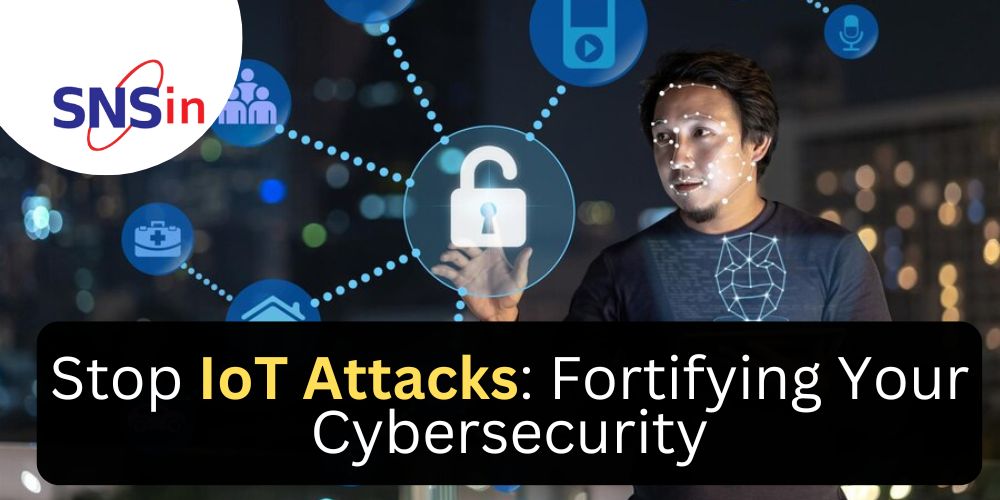Security breaches and cyberattacks are all too typical in today’s digital world. Organizations implement Multi-Factor Authentication (MFA) to strengthen their cybersecurity posture to combat these threats.
Many cyberattacks have been foiled by MFA, which requires users to provide two or more forms of identity verification before granting access.
MFA fatigue attacks have become a new concern as cybercriminals have become sophisticated.
What is the Importance of MFA?
Before delving into MFA fatigue attacks, let’s review what MFA is and why it’s essential. MFA is a security system requiring users to give two or more authentication to login.
Something Only You’re Aware of. This includes passwords, PINs, and security answers.
Something You Own. It could be a smartphone, smart card, or hardware token.
Something You Are. This could be biometric data such as fingerprints, facial recognition, or retina scans.
MFA improves security by providing additional security beyond the standard user credentials. Even if a cybercriminal is successful in cracking the user credentials, they will still need the 2-step verification code to gain access to the target account.
The Emergence of MFA Fatigue Attacks
As MFA implementation among corporates increased, cybercriminals came up with MFA Fatigue attacks. MFA fatigue arises when users feel overwhelmed or upset by repeated authentication attempts. This exhaustion could lead to below behaviours:
Ignoring MFA Requests –
Users may begin disregarding MFA prompts as superfluous or disruptive to their productivity.
Simplifying Authentication –
To avoid the inconvenience of MFA, some users may pick weaker authentication methods or reuse passwords across several accounts.
Bypassing MFA –
In some circumstances, users may seek ways to disable or workaround MFA.
How does MFA Fatigue Attacks Put Organizations at Risk?
MFA fatigue attacks pose significant risks to organizations’ cybersecurity efforts in several ways:
Reduced Security Effectiveness
When users become lax in using MFA, the security posture suffers. Cybercriminals can use this security flaw to gain unauthorized access to systems & data.
Increased Vulnerability to Phishing Attacks
Phishing attacks target careless users into exposing their MFA codes. With MFA fatigue, users may be more prone to falling for such schemes, unintentionally handing over the keys to the kingdom to cybercriminals.
Account Compromise
When users disable or bypass MFA, they make their accounts more exposed to brute-force assaults, credential stuffing, etc.
Compliance Risks
Many sectors and regulatory standards demand Enterprises use MFA to protect sensitive data. Failure to maintain MFA compliance can result in legal and financial penalties.
How to Mitigate MFA Fatigue Attacks?
To mitigate the risks associated with MFA fatigue attacks, organizations should take the following steps:
Cybersecurity Awareness Education & Training
Organizations must conduct Cybersecurity Awareness Training workshops to educate their employees on the necessity of MFA and the consequences of MFA fatigue.
Implementing User-Friendly MFA Solutions
Organizations implementing user-friendly MFA solutions to cut down user workflow disturbances. It is better to consider adaptive authentication, which can change the level of security based on the situation.
Reduced Authentication Prompts
Only use MFA when essential. Avoid making unnecessary or redundant authentication requests, which may contribute to MFA fatigue.
Biometric Authentication
Organizations must encourage using biometric authentication technologies. It could be fingerprint-based or facial recognition as they are less intrusive.
Single Sign-On (SSO)
Organizations must deploy SSO technologies to reduce the frequency of authentication prompts.
Continuous Monitoring
Organizations must use constant monitoring and anomaly detection to spot odd or suspect user activity that could indicate MFA fatigue or a hacked account.
Regular Software Updating
Organizations must keep their MFA systems patched with the most recent security updates.
Compliance
It is recommended for organizations to stay in-line with the industry-specific standards & regulations.
Conclusion
Organizations are implementing robust cybersecurity solutions to protect their data and apps. This is the best practice to be followed and at the same time, they must be aware of the cybercriminals game plan. When a security solution is brought into picture, then there could be a cyber threat associated with it.
Organizations must be diligent and agile in their approach to MFA. It is the duty of the CTOs/CISOs and the security team to manage/handle MFA Fatigue Attacks.
About SNS : SNS is a Trusted Security Partner across PAN India for over 22 Years. We have been providing & supporting the Best Cybersecurity Solutions to Businesses across Industries.
For queries, requirements, consultation, please drop us an email: [email protected]
Swathi
Author
Working IT professional and a Cyber Security enthusiast. Passionate to write about Cyber Security topics and Solutions. I share my insights as I study articles and trending topics in the field of Cyber Security.
![]()




